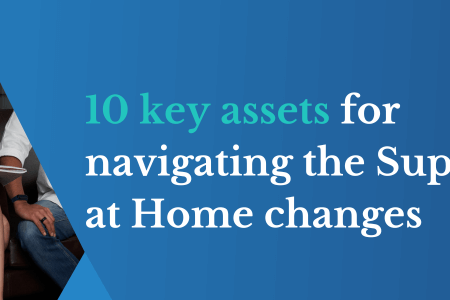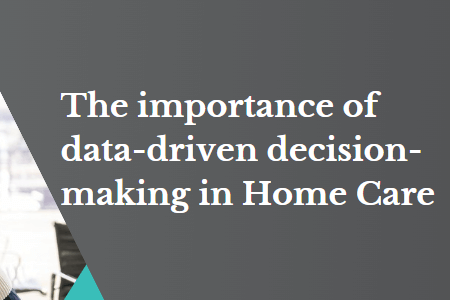Strategies to navigate home care reforms
September 23, 2024 | Aged Care Reform

By Taran Minhas, Senior Consultant
The aged care and home care sectors in Australia are currently experiencing major reforms and providers are grappling with a lack of clear information regarding the new Support at Home model, even three years after the Royal Commission. This ongoing uncertainty, coupled with shifting implementation dates, has left many feeling like they are “planning in the dark”.
In such a volatile environment, the VUCA model—an acronym for Volatility, Uncertainty, Complexity, and Ambiguity—can offer valuable insights and strategies for navigating these challenges.
Understanding VUCA
- Volatility: the speed and unpredictability of change – this is evident in the frequent changes to key implementation dates and policies in aged care.
- Uncertainty: a lack of predictability and the difficulty of understanding what is happening – lack of detailed information on the upcoming reforms mentioned above are proof.
- Complexity: multiple, interconnected factors that make decision-making challenging – stakeholders abound: parliament, ministers, DoHAC, Commission, providers, workforce, older adults and their representatives, all need to be coordinated.
- Ambiguity: lack of clarity about how to interpret events. Some mixed messaging contributes to ambiguity, making it hard for providers to plan strategically.
Applying VUCA Prime
To counteract the challenges posed by VUCA, the concept of VUCA Prime offers actionable strategies:
- Vision (to counter Volatility): Develop a clear vision for your organisation. Even when external conditions are volatile, a strong internal vision can provide direction and stability. Engage with stakeholders to create a shared vision that aligns with the anticipated changes in the aged care sector.
- Understanding (to counter Uncertainty): Invest in gathering and analysing your own and external data. Stay informed about policy updates and industry trends. Building a robust network with other providers can also facilitate the exchange of valuable insights and experiences.
- Clarity (to counter Complexity): Simplify processes and focus on clear communication. Break down complex regulatory requirements into manageable tasks.
- Agility (to counter Ambiguity): Foster an agile organisational culture that can adapt quickly to changes. Encourage flexibility in planning and be prepared to pivot strategies as new information becomes available. Training staff to be adaptable and resilient can also enhance your organisation’s ability to navigate ambiguity.
The aged care sector’s current landscape is undeniably challenging, but by applying the VUCA model and leveraging VUCA Prime strategies, providers can better navigate the uncertainties and complexities they face.
If you’re new to VUCA and VUCA Prime, you can learn more about them here:
By embracing these principles, aged care providers can transform the current “planning in the dark” scenario into a more structured and strategic approach, ultimately leading to better outcomes for both providers and the older adults they serve.
Whether you’re new to aged care or a long-time provider unsure of how to progress in home care, we can provide you with tailored solutions created to meet your needs. Contact us for the Aged Care Reform Transition Support Program today.


